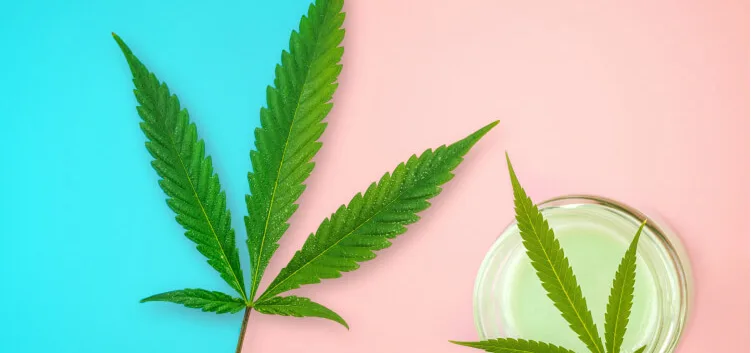

Exploring Delta 8 THC Production Methods and Product Characteristics
Delta 8 THC, a prominent cannabinoid, has gained considerable attention in the cannabis industry. As the demand for Delta 8 products rises, understanding the various production methods and their influence on the final product’s characteristics becomes crucial.
This article delves into the impact of different Delta 8 production methods on the key characteristics of the final product.
1. Extraction Techniques
Delta 8 THC can be extracted from cannabis plants using various methods, such as solvent extraction, CO2 extraction, and distillation. Each technique brings its nuances to the final product. Solvent extraction, for example, may leave trace amounts of solvents, affecting the purity and safety of the Delta 8 product. On the other hand, CO2 extraction is considered a cleaner method, preserving more cannabinoids and terpenes, contributing to a fuller spectrum product.
2. Purity and Potency
The purity and potency of Delta 8 products are critical factors influencing consumer experience. Distillation processes, such as short path distillation, are commonly employed to refine Delta 8 extracts. The extent of purification directly impacts the product’s potency, ensuring a higher concentration of Delta 8 while minimizing the presence of other cannabinoids and impurities.
3. Terpene Preservation
Terpenes play a significant role in the entourage effect, contributing to the overall therapeutic benefits and sensory experience of cannabis products. Certain production methods may lead to the loss of terpenes. Manufacturers utilizing techniques that prioritize terpene preservation, such as steam distillation, can offer products with enhanced aromatic profiles and potentially improved therapeutic effects.
4. Full Spectrum vs. Isolate
The choice between a full spectrum Delta 8 product and an isolate depends on the production method employed. Full spectrum products, derived using methods that maintain a broader range of cannabinoids and terpenes, offer a more comprehensive entourage effect. Conversely, isolates, produced through further refinement processes, contain only Delta 8 THC, catering to consumers seeking a more targeted experience.
5. Product Formulations
The production method also influences the diversity of Delta 8 products available in the market. Whether it’s edibles, tinctures, vapes, or topicals, the chosen method impacts the formulation’s consistency, bioavailability, and overall efficacy. Nanotechnology, for instance, is being explored to enhance bioavailability in certain formulations.
6. Regulatory Compliance
The cannabis industry operates within a complex regulatory landscape. Production methods must align with legal requirements, ensuring that Delta 8 products meet safety standards and THC content limitations. Compliance with regulations is crucial for the industry’s growth and the establishment of consumer trust.
Conclusion
As the Delta 8 market continues to expand, manufacturers and consumers alike should be mindful of the production methods shaping the characteristics of the final products. Whether prioritizing purity, terpene preservation, or specific formulations, understanding these production nuances is essential for making informed choices and contributing to the responsible and sustainable growth of the Delta 8 industry.
Editorial Guidelines: This article is informational and not a replacement for professional medical advice. Consulting a healthcare provider is recommended before beginning any new supplement regimen.


Cannapresso is an End-To-End CBD Solution provider, with Design, Filling and Co-Packing.